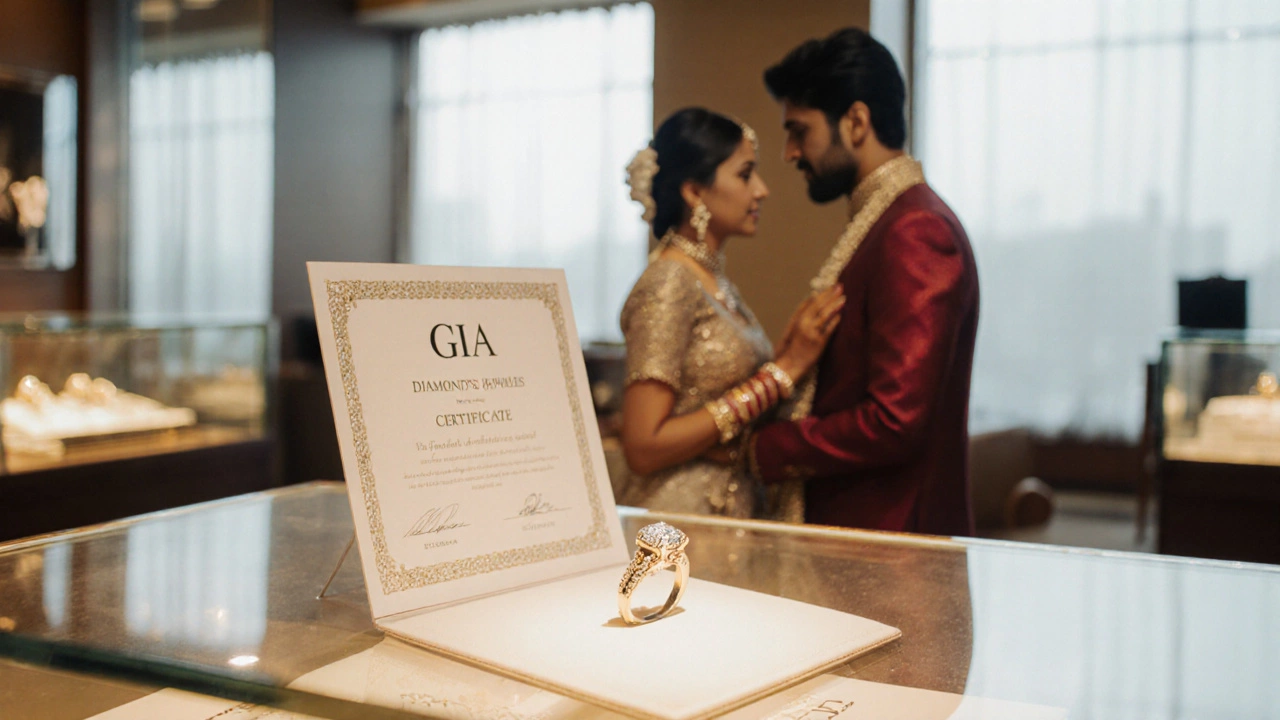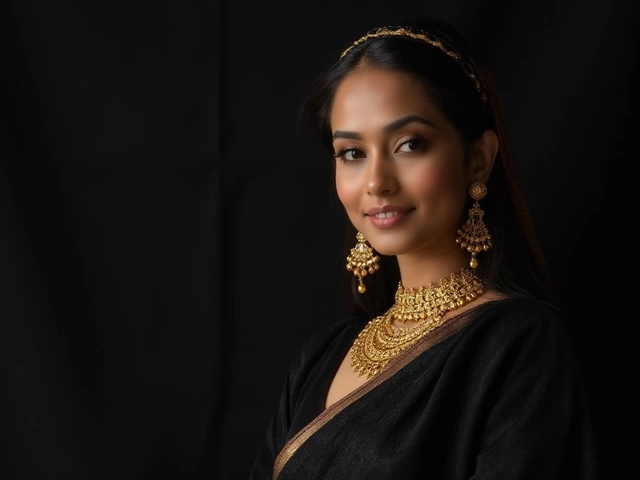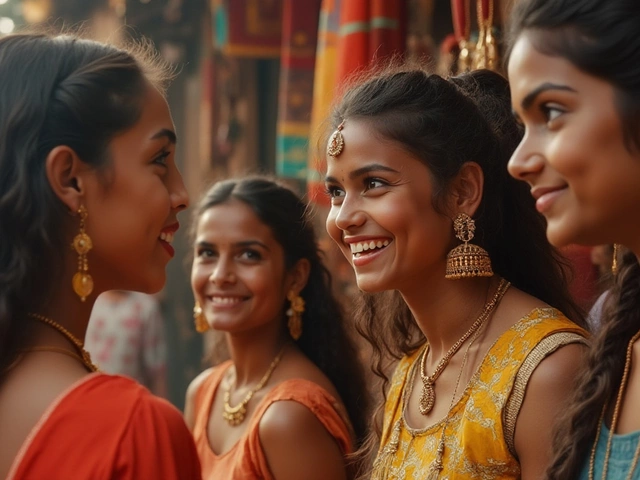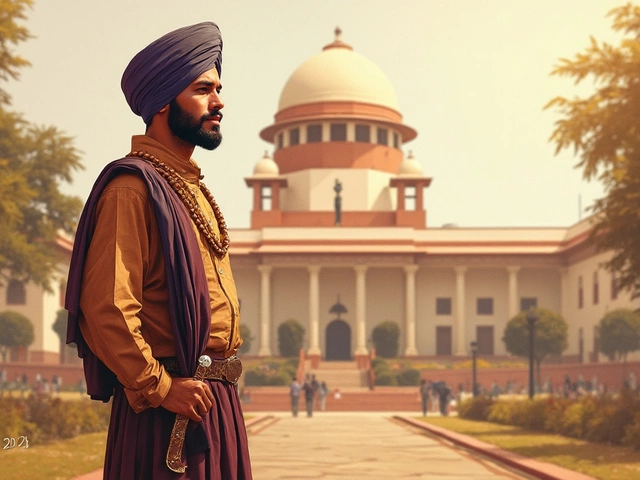Diamond Value Calculator
How much is your diamond REALLY worth?
Calculate real value by comparing Indian market pricing with international markets, resale value, and alternative options. Based on article insights about India's diamond market.
Diamond Specifications
Key Insights
Results
Buying a diamond ring in India feels like a rite of passage-engagements, anniversaries, celebrations. But here’s the question no one asks out loud: Are diamonds good value in India? The answer isn’t yes or no. It’s messy, layered, and depends entirely on what you’re really buying.
Why Diamonds Feel Like a Smart Buy
In India, diamonds are tied to status, tradition, and emotion. A diamond ring isn’t just jewelry-it’s proof of commitment, a symbol of upward mobility. That emotional weight makes the price feel justified. And yes, there are practical reasons too. Indian diamond manufacturers control nearly 90% of the world’s polished diamond supply. That means lower production costs. You’re not paying for middlemen in Europe or the U.S. You’re paying closer to the source.For the same carat, clarity, and cut, a diamond ring in Mumbai or Jaipur often costs 30-40% less than in New York or London. That’s not marketing. That’s supply chain reality. A 1-carat G-color, VS2-clarity round diamond in a simple platinum setting might run ₹2.5 lakh in India. In the U.S., it’s closer to ₹4 lakh. That gap is real.
But Here’s What No One Tells You
That 30-40% savings? It doesn’t mean you’re getting a better deal. It means you’re paying less for the same thing. The diamond itself hasn’t changed. The grading standards haven’t changed. The problem? Not all sellers follow the same rules.India has hundreds of thousands of jewelers. Some are certified by GIA or IGI. Others rely on internal reports with no third-party verification. A jeweler might say a diamond is “VS1” when it’s really SI1. Or claim “H color” when it’s J. You won’t know unless you demand a lab report-and even then, not all reports are equal. IGI reports are common in India. GIA is trusted globally but rarer and more expensive.
And then there’s the markup. A 1-carat diamond might cost ₹80,000 wholesale. The retailer adds ₹1.2 lakh for setting, labor, brand, rent, and profit. That’s a 150% markup. You’re paying for the story, the box, the service. But when you try to sell it later? You’ll get ₹1.1 lakh at best. That’s a 60% loss on day one.
The Resale Reality
Diamonds don’t hold value like gold. Gold has a global price tied to the market. Diamonds? Their value is set by the seller. There’s no public exchange. No daily price feed. When you walk into a buy-back shop in Delhi or Chennai, they’ll offer you 30-50% of what you paid. Why? Because they’re not buying for resale-they’re buying for scrap. They’ll melt the metal and resell the diamond to a wholesaler at auction for pennies on the dollar.There are exceptions. A 2-carat D-color, IF-clarity diamond from a top brand like Tanishq or CaratLane might retain 50-60% of its value if you have the original box, certificate, and warranty. But even then, you’re not making money. You’re just losing less.
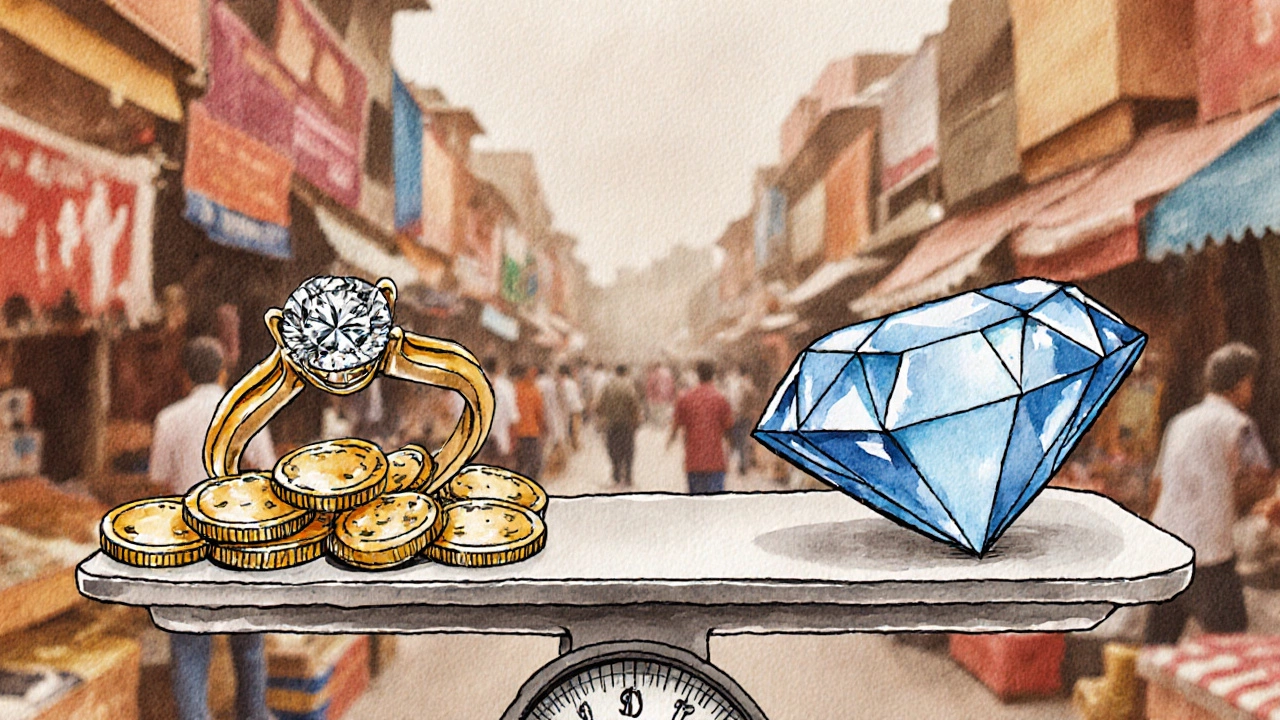
What Actually Matters When Buying
If you’re buying a diamond ring in India, here’s what you should care about:- Lab report: Demand GIA or IGI. Avoid “in-house” certificates. GIA is the gold standard.
- 4Cs: Cut matters most. A poorly cut diamond looks dull, even if it’s 2 carats. Color and clarity matter less for everyday wear.
- Setting: Platinum lasts longer than gold. 18K gold is fine, but 22K is too soft for daily wear.
- Brand vs local jeweler: Brands charge 30-50% more for the name. A local jeweler with a GIA report and good reputation can save you money without sacrificing quality.
- Warranty and return policy: Ask for a 15-day return window. Some jewelers offer lifetime cleaning and resizing. That’s worth something.
When Diamonds Are Worth It
Diamonds make sense in India if you’re buying for:- Emotional reasons: Engagement, wedding, anniversary. The value is in the memory, not the resale.
- Cultural expectation: In many families, a diamond ring is non-negotiable. Avoiding it causes social friction.
- Long-term ownership: You plan to wear it for decades, not sell it in five years.
If you’re buying because you think it’s an investment? You’re mistaken. Diamonds aren’t assets like real estate or gold. They’re consumables. You buy them to wear, not to trade.

Alternatives That Give You More for Your Money
If you’re flexible, consider these options:- Moissanite: Looks 95% like a diamond. Costs 10% of the price. Nearly as hard. Holds up for decades. Great for daily wear.
- Lab-grown diamonds: Same chemical structure as mined diamonds. 50-70% cheaper. GIA and IGI grade them the same way. No ethical concerns. More people in India are choosing these now.
- Colored gemstones: A 2-carat ruby or emerald in a traditional setting can cost less than a 1-carat diamond-and carry more cultural weight in some communities.
The Bottom Line
Diamonds in India aren’t a bad purchase. But they’re not a smart financial decision. They’re an emotional one. If you’re buying to celebrate, to honor tradition, to feel beautiful on your wedding day-then yes, they’re worth it. But if you’re hoping to recoup your money later? You’ll be disappointed.Don’t buy a diamond because you think it’s an investment. Buy it because you love it. And if you do, make sure you know exactly what you’re paying for. Ask for the report. Check the cut. Compare three jewelers. Don’t rush. The right ring will still be there tomorrow.
Are diamonds cheaper in India than in other countries?
Yes, diamonds are generally 30-40% cheaper in India than in the U.S. or Europe because India processes nearly 90% of the world’s polished diamonds. You’re buying closer to the source, with fewer middlemen. But the savings don’t mean better quality-they mean lower prices for the same grade.
Can I resell a diamond ring in India for a good price?
Almost never. Most jewelers will offer you 30-50% of what you paid. Diamonds don’t have a public market value like gold. Resale buyers treat them as raw material, not finished jewelry. Even branded diamonds with certificates rarely fetch more than half their original price.
Is a GIA certificate necessary for diamonds in India?
It’s not mandatory, but it’s the best protection you have. GIA is the most trusted grading lab globally. IGI is common in India and acceptable, but GIA reports are harder to fake and more widely recognized. Always ask for a lab report-never rely on a jeweler’s word alone.
Should I buy a lab-grown diamond in India?
Yes, if you want the look of a diamond without the high cost or ethical concerns. Lab-grown diamonds are chemically identical to mined ones, cost 50-70% less, and are graded by the same labs (GIA, IGI). They’re becoming popular in India, especially among younger buyers who prioritize value and sustainability.
What’s the best way to avoid getting ripped off when buying a diamond ring in India?
Compare at least three jewelers. Demand a GIA or IGI certificate. Check the cut quality with your eyes-don’t just trust the report. Avoid 22K gold settings for daily wear; they’re too soft. Ask for a 15-day return policy. And remember: if the price seems too good to be true, it probably is.
